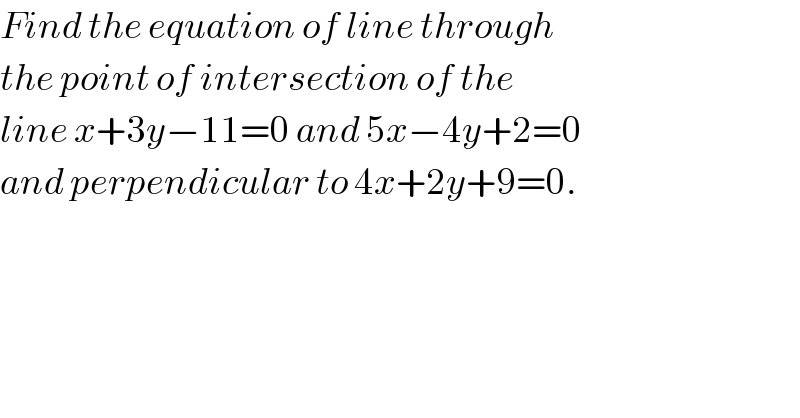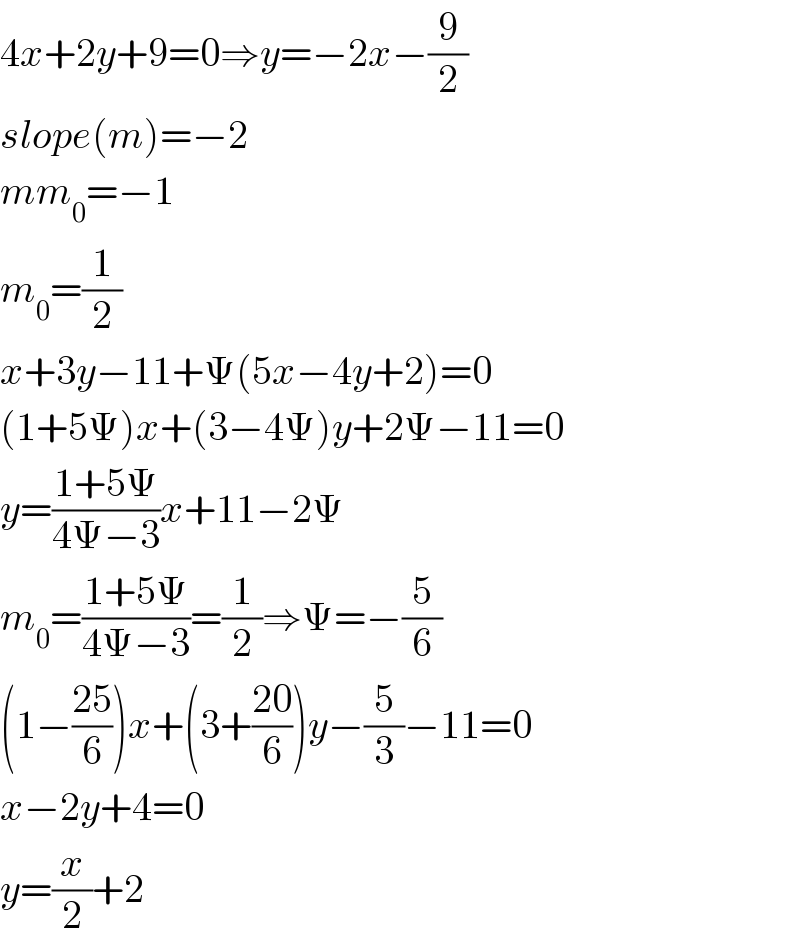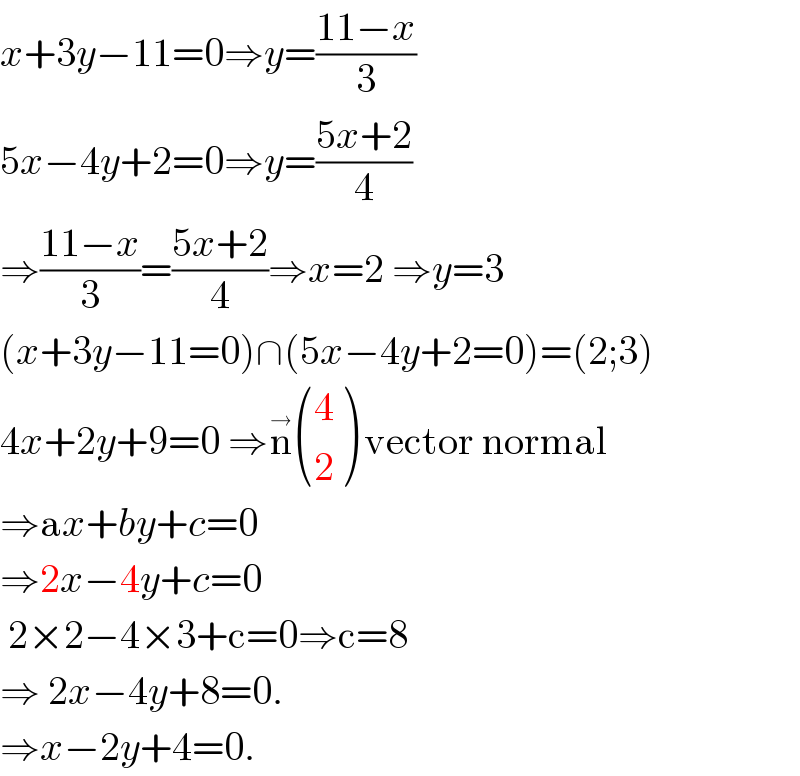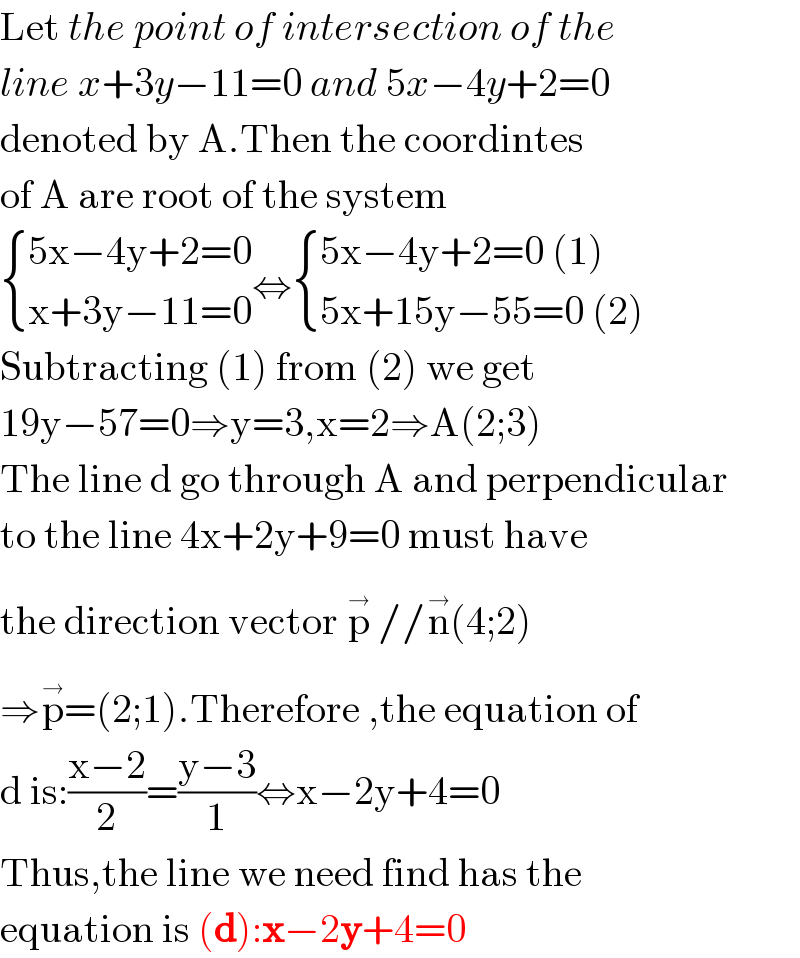
Question and Answers Forum
Question Number 109160 by john santu last updated on 21/Aug/20

Answered by bemath last updated on 21/Aug/20

Answered by Dwaipayan Shikari last updated on 21/Aug/20

Answered by Aziztisffola last updated on 21/Aug/20

Answered by 1549442205PVT last updated on 22/Aug/20

Commented by peter frank last updated on 22/Aug/20

